Clutch Pedal Sensorization and Evaluation of the Main Parameters Related to Driver Posture
Abstract
:1. Introduction
2. Related Work
3. Material and Methods
3.1. Experimental Testbed Design
- Age, driving experience, and driver behavior are collected by questionnaires.
- Body measurements are assessed by means of photos and weight is obtained by a scale.
- Finally, the force applied on the clutch pedal is obtained by a pedal force sensor installed in the test vehicle which has been driven inside of a designed track.
3.1.1. Questionnaires and Body Measurements
3.1.2. Clutch Pedal Force Measurement
3.2. Tests
3.2.1. First Set of Tests
- Step 1. Fill in the preliminary questionnaire, according to Section 3.1.1.
- Step 2. Measure the anthropometric dimensions of the subject (digital camera + Software RULER [18]). The anthropometric measurements of the volunteers have been carried out based on the recommendations presented by the National Institute of Workplace Safety and Hygiene (INSHT) of the Ministry of Employment and Social Security of Spain [19]. Each volunteer was marked with eighteen yellow stickers to define each limb, dimension and angle. With a camera and a certain number of photographs, twenty-three different distances of the body were measured from the frontal and profile plane. The main classification characteristics are summarized in Table 6.
- Step 3. Measure the applied force on the clutch pedal in real driving test conditions (PK-PKH of HKM-Messtechnik + National Instruments NI PXI 1031DC + NI PXI 6230 + LabVIEW® [20]). The main purpose of this step was the data acquisition of the applied force on the clutch pedal (marked in red on Step 3 of Figure 2), from the footrest to the fully disengaging and engaging point. As previously mentioned, the testbed used in this research is composed of a pedal force sensor (K-PKH of HKM-Messtechnik) connected to an acquisition system (National Instruments NI PXI 1031DC + NI PXI 6230) as shown in Figure 1. The driving track was located in the facilities of the University Carlos III in Madrid. A round trip is 450 m long, with no sharp bends and an inclination of around 0%.
- Step 4. Fill in the final survey to collect the opinion regarding comfort.
3.2.2. Second Set of Tests
- The first position with the seat as far as possible from the clutch pedal. The distance between the clutch pedal and the hip of the driver (HC) was set in 1 m (Figure 3a).
- The second position with the optimal position assessed via the optimization tools (HC calculated using the Matlab algorithm) (Figure 3b).
- The third position with the seat as close as possible to the clutch pedal (HC = 0.75 m) (Figure 3c).
3.3. Data Gathering and Analysis
3.3.1. Volunteer Classification
3.3.2. Applied Force on the Clutch Pedal
3.3.3. Rapid Entire Body Assessment Analysis
3.3.4. Matlab Model
f(x2,y2) = f(x1,y1,b,β)
f(x3,y3) = f(x2,y2,c,γ)
f(x3,y3) = f(γ)
f(HC) = f(a,b,c,α,β,γ),
4. Results
4.1. Applied Forces on the Clutch Pedal
4.2. REBA
4.3. Matlab Model
5. Discussions and Conclusions
Author Contributions
Funding
Conflicts of Interest
References
- Mehta, D.D.; Zañartu, M.; Feng, S.W.; Cheyne, H.A., II; Hillman, R.E. Mobile Voice Health Monitoring using a Wearable Accelerometer Sensor and a Smartphone Platform. IEEE Trans. Biomed. Eng. 2012, 59, 3090–3096. [Google Scholar] [CrossRef] [PubMed]
- Singh, H.; Yadav, G.; Mallaiah, R.; Joshi, P.; Joshi, V.; Kaur, R.; Bansal, S.; Brahmachari, S.K. Inicu—Integrated Neonatal Care Unit: Capturing Neonatal Journey in an Intelligent Data Way. J. Med. Syst. 2017, 41, 132. [Google Scholar] [CrossRef] [PubMed]
- Mora, H.; Gil, D.; Terol, R.M.; Azorín, J.; Szymanski, J. An IoT-Based Computational Framework for Healthcare Monitoring in Mobile Environments. Sensors 2017, 17, 2302. [Google Scholar] [CrossRef] [PubMed]
- Wang, Q.; Li, Y.; Liu, X. Analysis of Feature Fatigue EEG Signals Based on Wavelet Entropy. Int. J. Pattern Recognit. Artif. Intell. 2018, 32, 1854023. [Google Scholar] [CrossRef]
- Warwick, B.; Symons, N.; Chen, X.; Xiong, K. Detecting Driver Drowsiness using Wireless Wearables. In Proceedings of the 2015 IEEE 12th International Conference on Mobile Ad Hoc and Sensor Systems (MASS), Dallas, TX, USA, 19–22 October 2015; pp. 585–588. [Google Scholar]
- Pannetier, R.; Wang, X. A Comparison of Clutching Movements of Freely Adjusted and Imposed Pedal Configurations for Identifying Discomfort Assessment Criteria. Appl. Ergon. 2014, 45, 1010–1018. [Google Scholar] [CrossRef] [PubMed]
- Li, J.; Deng, F.; Liu, S.; Hu, H. Analysis of the Influence of Clutch Pedal to Vehicle Comfort. In Proceedings of the FISITA 2012 World Automotive Congress, Beijing, China, 27–30 November 2012; Volume 5, pp. 15–20. [Google Scholar]
- Giacomin, J.; Bretin, S. Measurement of the Comfort of Automobile Clutch Pedal Actuation. In Proceedings of the ATA 4th International Conference on Comfort in the Automobile Industry, Bologna, Italy, 2–3 October 1997; p. 1. [Google Scholar]
- Pajares Redondo, J.; Prieto Gonzalez, L.; Garcia Guzman, J.; Boada, B.L.; Diaz, V. VEHIOT: Design and Evaluation of an IoT Architecture Based on Low-Cost Devices to be Embedded in Production Vehicles. Sensors 2018, 18, 486. [Google Scholar] [CrossRef] [PubMed]
- Wang, X.; Verriest, J.P.; Lebreton-Gadegbeku, B.; Tessier, Y.; Trasbot, J. Experimental Investigation and Biomechanical Analysis of Lower Limb Movements for Clutch Pedal Operation. Ergonomics 2000, 43, 1405–1429. [Google Scholar] [CrossRef] [PubMed]
- Kumar, S. Biomechanics in Ergonomics; Taylor & Francis: Abingdon, UK, 1999. [Google Scholar]
- Hagberg, M. Occupational Musculoskeletal Stress and Disorders of the Neck and Shoulder—A Review of Possible Patho-Physiology. Int. Arch. Occup. Environ. Health 1984, 53, 269–278. [Google Scholar] [CrossRef] [PubMed]
- Kilbom, Å.; Persson, J.; Jonsson, B.G. Disorders of the Cervicobrachial Region among Female Workers in the Electronics Industry. Int. J. Ind. Ergon. 1986, 1, 37–47. [Google Scholar] [CrossRef]
- Kelsey, J.L.; Golden, A. Occupational and Workplace Factors Associated with Low Back Pain. Occup. Med. 1988, 3, 7–16. [Google Scholar] [PubMed]
- Bulduk, E.O.; Bulduk, S.; Suren, T.; Ovali, F. Assessing Exposure to Risk Factors for Work-Related Musculoskeletal Disorders using Quick Exposure Check (QEC) in Taxi Drivers. Int. J. Ind. Ergon. 2014, 44, 817–820. [Google Scholar] [CrossRef]
- Miyamoto, M.; Konno, S.; Gembun, Y.; Liu, X.; Minami, K.; ITO, H. Epidemiological Study of Low Back Pain and Occupational Risk Factors among Taxi Drivers. Ind. Health 2008, 46, 112–117. [Google Scholar] [CrossRef] [PubMed] [Green Version]
- Oakman, J.; Neupane, S.; Nygard, C. Does Age Matter in Predicting Musculoskeletal Disorder Risk? An Analysis of Workplace Predictors Over 4 Years. Int. Arch. Occup. Environ. Health 2016, 89, 1127–1136. [Google Scholar] [CrossRef] [PubMed]
- IBV. Universidad Politécnica de Valencia. Ruler. Available online: https://www.ergonautas.upv.es/herramientas/ruler/ruler.php (accessed on 24 August 2018).
- Antonio Carmona Benjumea. Datos Antropométricos De La Población Laboral Española. Informe De Resultados. Seguridad y Salud en el Trabajo (INSHT), 2001. Available online: http://comisionnacional.insht.es/InshtWeb/Contenidos/Documentacion/TextosOnline/Rev_INSHT/2001/14/artFondoTextCompl.pdf (accessed on 17 August 2018).
- National Instruments. LabVIEW; National Instruments: Austin, TX, USA, 2013; Volume 2013. [Google Scholar]
- Hignett, S.; McAtamney, L. Rapid Entire Body Assessment (REBA). Appl. Ergon. 2000, 31, 201–205. [Google Scholar] [CrossRef]
- Park, S.; Kim, C.; Kim, C.; Lee, J. Comfortable Driving Postures for Koreans. Int. J. Ind. Ergon. 2000, 26, 489–497. [Google Scholar] [CrossRef]
- Rebiffe, R. Drivers Seats—Their Adaptation to Functional and Anthropometric Requirements. Ergonomics 1969, 12, 246. [Google Scholar] [PubMed]
- Park, S.; Lee, J.; Kwon, K.; Kim, C.; Kim, H. Preferred Driving Posture and Driver’s Physical Dimension. In Proceedings of the Human Factors and Ergonomics Society 43rd Annual Meeting, Houston, TX, USA, 27 September–1 October 1999; Volumes 1 and 2, pp. 742–746. [Google Scholar]
- Peng, J.; Wang, X.; Denninger, L. Ranges of the Least Uncomfortable Joint Angles for Assessing Automotive Driving Posture. Appl. Ergon. 2017, 61, 12–21. [Google Scholar] [CrossRef] [PubMed]
- Andreoni, G.; Santambrogio, G.; Rabuffetti, M.; Pedotti, A. Method for the Analysis of Posture and Interface Pressure of Car Drivers. Appl. Ergon. 2002, 33, 511–522. [Google Scholar] [CrossRef]
- DGT. Estadísticas E Indicadores; DGT: Madrid, Spain, 2018. Available online: http://www.dgt.es/es/seguridad-vial/estadisticas-e-indicadores/ (accessed on 24 August 2018).
- Garcia Guzman, J.; Prieto Gonzalez, L.; Pajares Redondo, J.; Sanz Sanchez, S.; Boada, L.B. Design of Low-Cost Vehicle Roll Angle Estimator Based on Kalman Filters and an IoT Architecture. Sensors 2018, 18, 1800. [Google Scholar] [CrossRef] [PubMed]




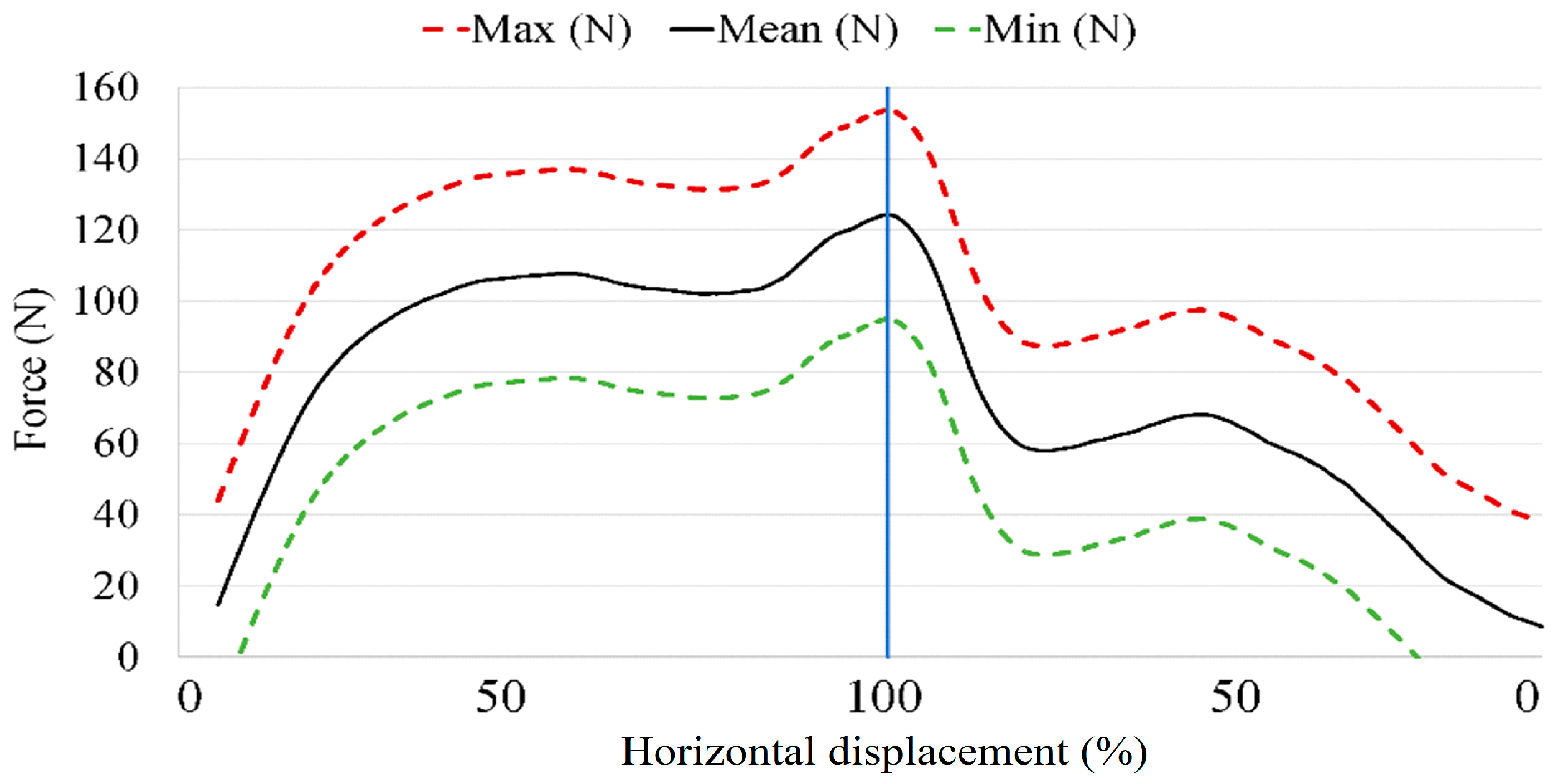


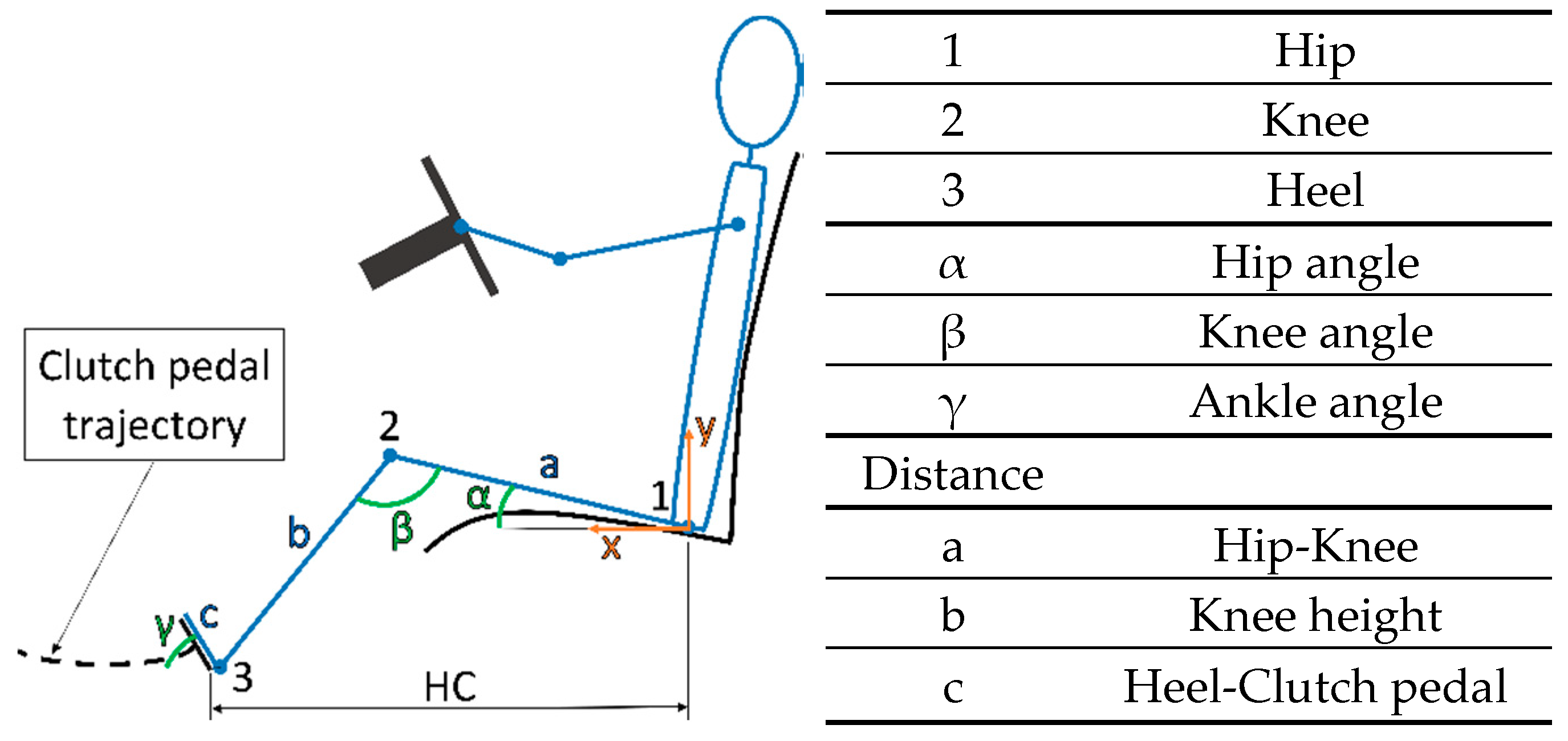
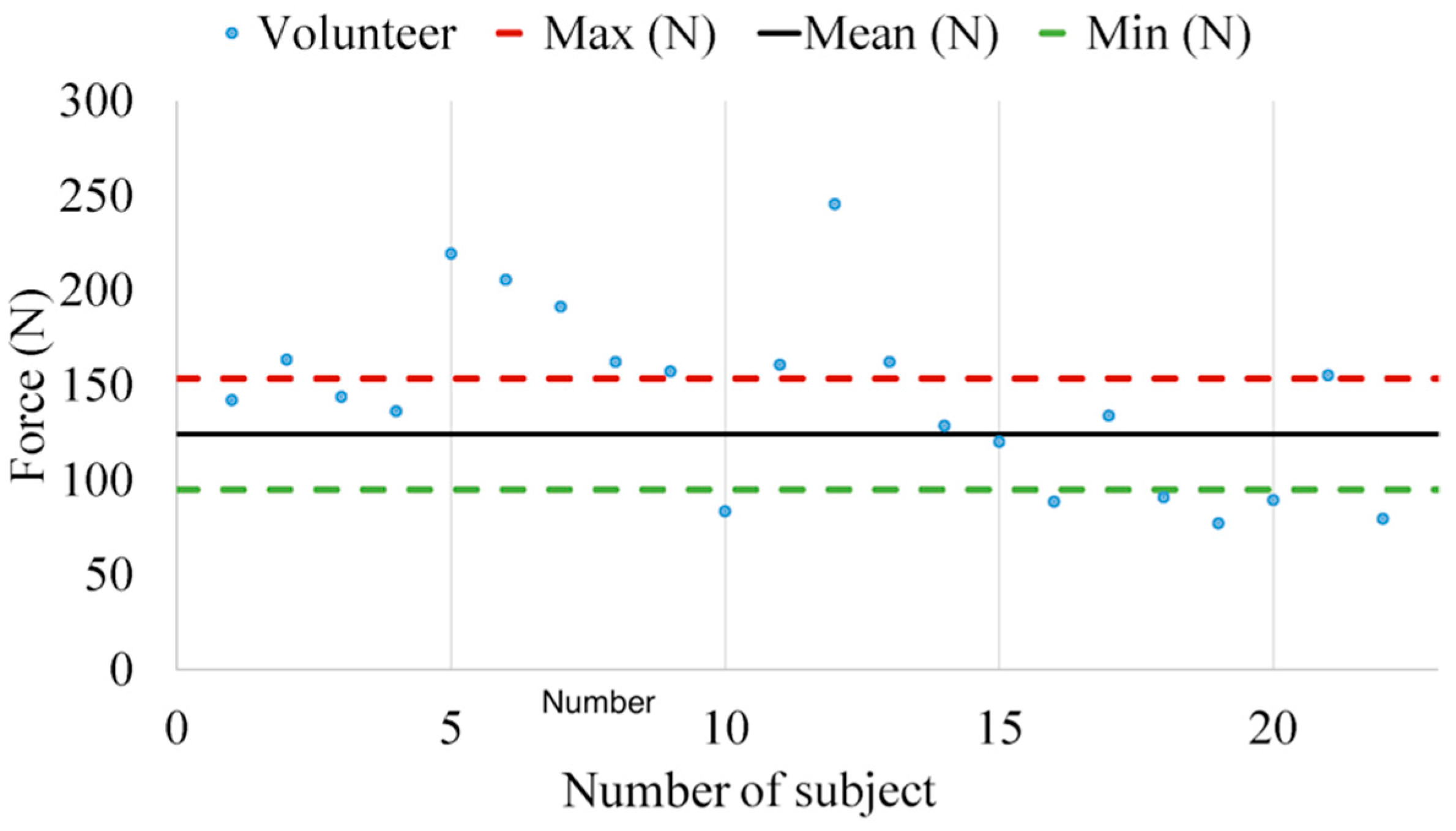
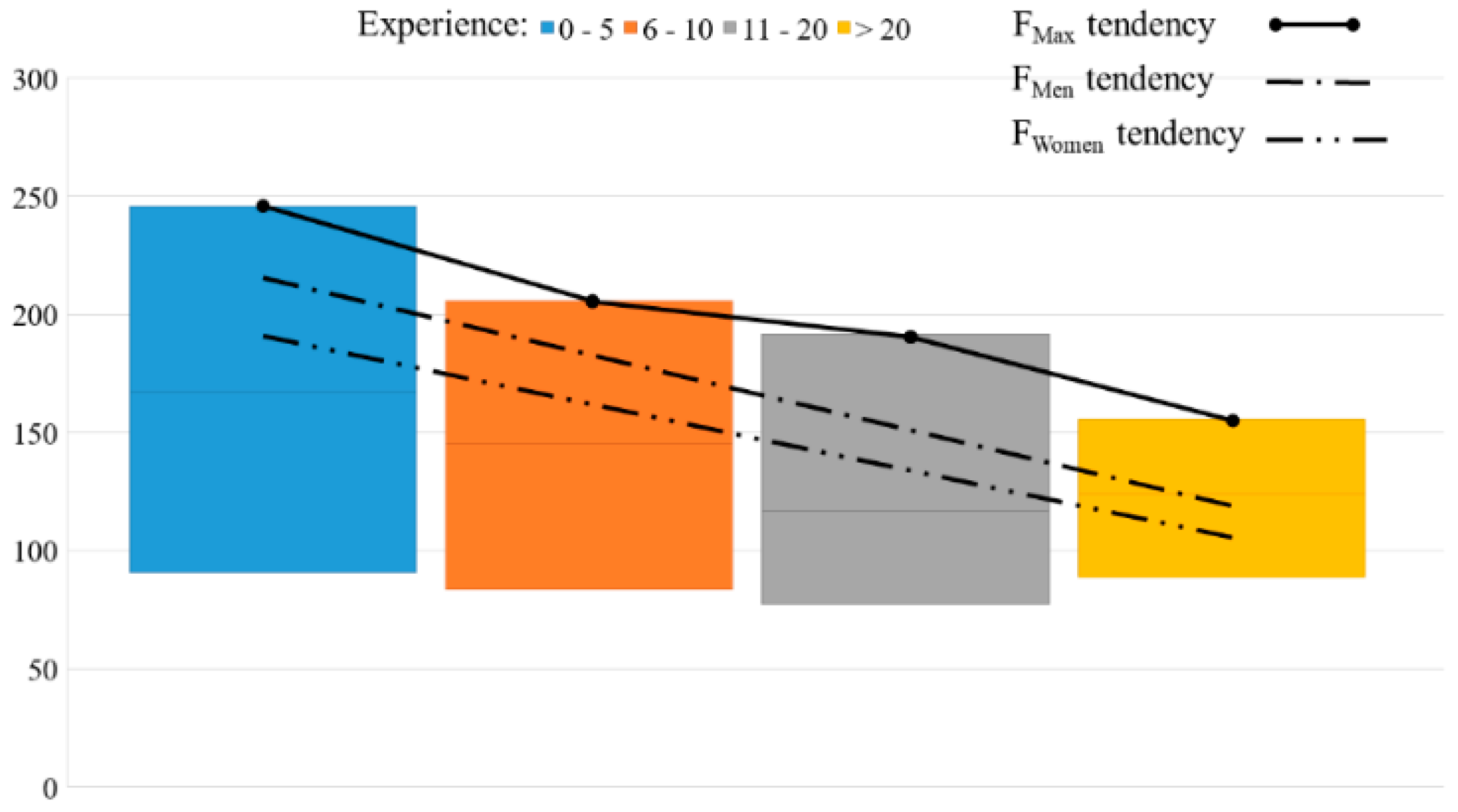
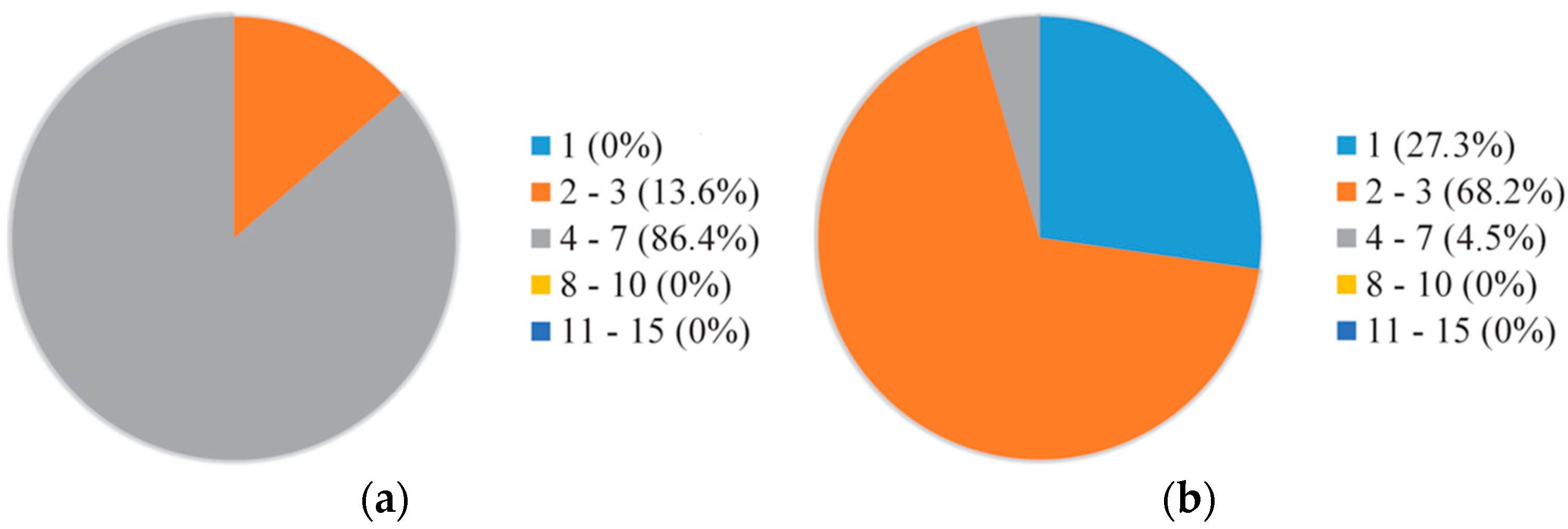

| Measured Sensors | Force (N) | Authors |
|---|---|---|
| Three-dimensional axis sensor | 147 ≤ Force ≤ 209 | Pannetier and Wang, 2014 [6] |
| Not defined | ≈150 | Jiangchuan Li et al., 2012 [7] |
| Two piezoelectric force sensors | 124 ± 38 | Giacomin and Bretin, 1997 [8] |
| Technology Used | Low-Cost Alternative | Price (€) |
|---|---|---|
| Three-dimensional axis sensor | BNO055 | 45 |
| Two piezoelectric force sensors | 7BB-20-6L0 | 1.60 |
| Pedal force sensor | TE Connectivity Voltage Compression Load Cell 226.796 kg | 110 |
| Nominal Load Range | 1500 N |
| Accuracy | 0.5% full scale |
| Output Signal | 0–10 V |
| Analog Inputs: | 8 (16 bits) | Digital Inputs: | 6 |
| Analog Outputs: | 4 | Digital Outputs: | 4 |
| Sample Rate: | 250 KS/s | Analog Input Accuracy: | 3100 µV |
| Device | Price (€) |
|---|---|
| PK-PKH of HKM-Messtechnik | 485 |
| NI PXI 1031 | 8000 |
| NI PXI 6230 | 1600 |
| Battery | 80 |
| DC/AC converter | 50 |
| Adjustable power supply | 50 |
| Total Amount | 10,265 |
| Age (Years) | Weight (kg) | Stature (mm) | HH */KN * | BMI | Driving Experience (Years) | |
|---|---|---|---|---|---|---|
| Mean | 30.9 | 71.5 | 1733 | 0.458 | 23.5 | 11.2 |
| SD | 9.8 | 17.5 | 87.9 | 0.034 | 4.1 | 9.5 |
| Max/min | 56/21 | 120/44 | 1854/1592 | 0.566/0.409 | 34.9/16.7 | 38/0.2 |
| Clutch Pedal Disengaged | Clutch Pedal Engaged | |||
|---|---|---|---|---|
| Max | Min | Max | Min | |
| β (°) | 156 | 135 | 129 | 82 |
| y2 (m) | - | 0 | - | 0 |
| x3 (m) | 1 | - | 1 | - |
| y3 (m) | 0 | - | 0 | - |
| KH/HH | 0.65 | 0.37 | 0.65 | 0.37 |
| Clutch Pedal Force Applied (N) | ||||
|---|---|---|---|---|
| Experience | 0–5 | 6–10 | 11–20 | >20 |
| Mean | 130 | 177 | 136 | 141 |
| SD | 51 | 33 | 46 | 30 |
| Max/min | 246/77 | 219/142 | 191/80 | 162/120 |
© 2018 by the authors. Licensee MDPI, Basel, Switzerland. This article is an open access article distributed under the terms and conditions of the Creative Commons Attribution (CC BY) license (http://creativecommons.org/licenses/by/4.0/).
Share and Cite
Olmeda, E.; Fuentes del Toro, S.; Garrosa, M.; Pajares Redondo, J.; Díaz, V. Clutch Pedal Sensorization and Evaluation of the Main Parameters Related to Driver Posture. Sensors 2018, 18, 2797. https://doi.org/10.3390/s18092797
Olmeda E, Fuentes del Toro S, Garrosa M, Pajares Redondo J, Díaz V. Clutch Pedal Sensorization and Evaluation of the Main Parameters Related to Driver Posture. Sensors. 2018; 18(9):2797. https://doi.org/10.3390/s18092797
Chicago/Turabian StyleOlmeda, Ester, Sergio Fuentes del Toro, María Garrosa, Jonatan Pajares Redondo, and Vicente Díaz. 2018. "Clutch Pedal Sensorization and Evaluation of the Main Parameters Related to Driver Posture" Sensors 18, no. 9: 2797. https://doi.org/10.3390/s18092797





